
“Although the immediate focus of the Salamanca conference was on what was termed special needs education, its conclusion was that the aim must be to develop inclusive education systems.” – Mel Ainscow
Dos 57 million children worldwide estimated to still be missing out on school, mais do que 40% are thought to be disabled. Todos os jovens têm o direito de aprender em conjunto, independentemente de quaisquer deficiências ou diferenças que possam ter. Enquanto o progresso tem sido feito em alcançar este objectivo global durante a última 25 anos, ainda há mais trabalho a ser feito.
Professor Mel Ainscow is Emeritus Professor of Education, University of Manchester and was a keynote at UNESCO’s recent International Forum on Inclusion and Equity in Education. The event commemorated the 25th anniversary of the World Conference on Special Needs Education that led to the UNESCO Salamanca Statement and Framework for Action on Special Needs Education, arguably the most significant international document that has ever appeared in the field of special education. Mel has been a consultant to UNESCO on a series of global initiatives aimed at findings ways of including all children in schools. We asked him to reflect on what has happened over that 25 year period and what lessons can be learned from his experiences in different parts of the world.
The Global Search for Education welcomes Mel Ainscow.
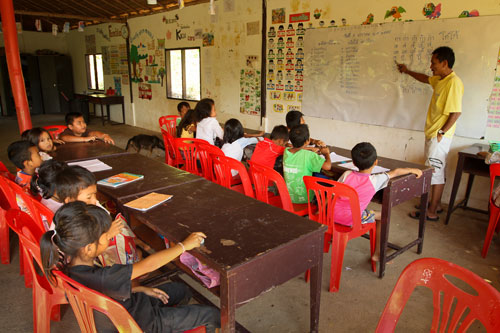
“My recommendations are guided by the idea that inclusion should não be seen as a separate policy. Bastante, it should be viewed as a principle that informs all policies.” – Mel Ainscow
O Email, it’s been 25 years since the publication of the Salamanca Statement. What progress has been made? What still needs to be done?
I attended the conference in 1994 and recall the enthusiasm that was generated by the discussions that took place. I also remember the splendid social programme organised for the delegates, with banquets, receptions and lots of Spanish wine. The wonderfully inclusive atmosphere that this created led me to think that by the end of the week those involved would ‘sign anything’. Dito, I could not have imagined the impact that all of this was to have over the following 25 anos.
Although the immediate focus of the Salamanca conference was on what was termed special needs education, its conclusion was that the aim must be to develop inclusive education systems. This can only happen, it was argued, if mainstream schools become capable of educating all children in their local communities.
The years following Salamanca led to many developments in relation to this theme. Por exemplo, Italy has closed its special provision; New Brunswick in Canada pioneered the concept of inclusive education; India saw a significant push towards increased enrolment in schools; and Portugal enacted an explicit legal framework for the inclusion of all students. Significant developments have also occurred in the Pacific region, where inclusive education has been identified as a regional priority by all countries.
Despite these encouraging developments, progress has slowed in recent years.And, significativamente, it is estimated that, do 57 million children worldwide missing out on school, mais do que 40% are thought to be disabled.
What achievements are you most proud of that have addressed the inclusion agenda? Can you suggest any relevant resources
I suppose my greatest pride is my success in bringing people together to address the inclusion agenda. This has involved a series of initiatives to develop practical resources. Recentemente, one of these led to the publication of the UNESCO Guide for Ensuring Inclusion and Equity in Education. This offers practical support to member states as to what actions need to be taken to promote inclusion.
Drawing on international research, the Guide was developed with the advice and support of a group of international experts. It allows readers to learn from the progress made by other countries towards more inclusive education systems. Por exemplo:how Ghana assesses the inclusiveness of its mainstream schools; how Denmark is developing a sense of community by listening to the views of children; and how students help teachers to innovate in Portugal. These examples advance the right of every learner to be included in schools.
Those involved in taking this challenging agenda forward may also find it useful to use the related resource pack, ‘Reaching Out to All Learners’, that I developed with colleagues at the International Bureau of Education-UNESCO. Drawing on international research evidence, these materials are intended to support inclusive thinking and practices at all levels of an education system. Conseqüentemente, they are designed to be relevant to teachers, dirigentes escolares, district level administrators, teacher educators and national policy makers.
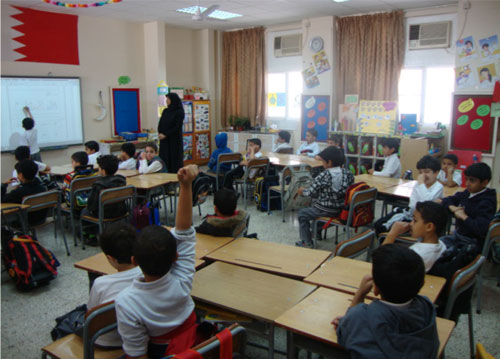
“The aim is to eliminate exclusion that is a consequence of attitudes and responses to diversity in race, social class, etnicidade, religião, gênero, and ability.” – Mel Ainscow
What actions are needed to move education systems in an inclusive direction?
My recommendations are guided by the idea that inclusion should não be seen as a separate policy. Bastante, it should be viewed as a principle that informs all policies, guided by six related actions:
Açao 1: Establish a clear definition of what is meant by inclusion in education. Em alguns paises, inclusive education is still thought of as an approach to serving children with disabilities within general education settings. Internationally, contudo, it is increasingly seen more broadly as a principle that supports and welcomes diversity amongst all learners. The aim is to eliminate exclusion that is a consequence of attitudes and responses to diversity in race, social class, etnicidade, religião, gênero, and ability. It starts from the belief that education is a basic human right and the foundation for a more just society.
Açao 2: Use evidence to identify contextual barriers. It is important to know who is included, who is segregated and who is excluded from schooling. Without an engagement with evidence in relation to all of these forms of exclusion, there can be no accountability. Em particular, the views of young people must be sought and valued, particularly those from at-risk groups. Their voices can challenge policy makers and practitioners to find more effective ways of ensuring that all children are included.
Açao 3: Support teachers in promoting inclusion. Countries where teachers believe their profession is valued show higher levels of equity in learning outcomes. Portanto, schools need to be reformed and practices need to be improved in ways that lead teachers to feel supported in responding positively to student diversity –seeing individual differences not as problems to be fixed, but as opportunities for enriching learning.
Açao 4: Design the curriculum with all learners in mind. In an education system based on the principle of inclusion, all students are assessed on an on-going basis in relation to their progress through the curriculum.This allows teachers to respond to a wide range of individual learners, bearing in mind that each learner is unique. It means that teachers and other professionals must be well informed about their students’ characteristics and attainments, while also assessing broader qualities, such as their capacity for cooperation.
Açao 5: Manage education systems in ways that will engage all learners. Movement towards inclusion is likely to require some restructuring of education provision. Such changes may be resisted by some of those involved, not least parents who understandably want to do the best for their own children. It is therefore essential to have a shared commitment amongst senior staff at the national, district and school levels to value differences, invest in collaboration, and commit to providing educational opportunities that are inclusive.
Açao 6: Involve communities in promoting inclusion. Governments need to mobilize human and financial resources, some of which may not be under their direct control. Forming partnerships among key stakeholders who can support the process of change is therefore essential. The engagement of families is particularly crucial. Em alguns paises, parents and education authorities cooperate closely in developing community-based programmes for certain groups of learners, such as those who are excluded because of their gender,social status or impairments.
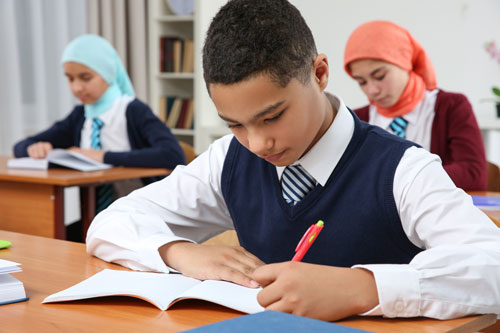
“Schools need to be reformed and practices need to be improved in ways that lead teachers to feel supported in responding positively to student diversity – seeing individual differences not as problems to be fixed, but as opportunities for enriching learning.” – Mel Ainscow
What does this mean for future developments?
These six actions mean that governments must make a clear and genuine commitment to inclusion, emphasizing the benefits for parents and children, and for the community at large. Aqui, it is useful to distinguish between needs, rights and opportunities. While all learners have needs (por exemplo. for appropriate teaching), they also have the right to participate fully in a common social institution (that is, a local mainstream school) that offers them a varied range of relevant opportunities. Too often, parents are forced to choose between ensuring that their child’s needs are met (which sometimes implies placement in a special school or separate classroom) and ensuring that they have the same rights and opportunities as other learners (which means placement in a mainstream school).
Just to add, like all major policy changes, progress in relation to inclusion requires an effective strategy for implementation. Em particular, it requires new thinking that focuses attention on the barriers experienced by some children. Overcoming such barriers is the most important means of development forms of education that are effective for all children. Inclusion becomes a way of achieving the overall improvement of education systems.
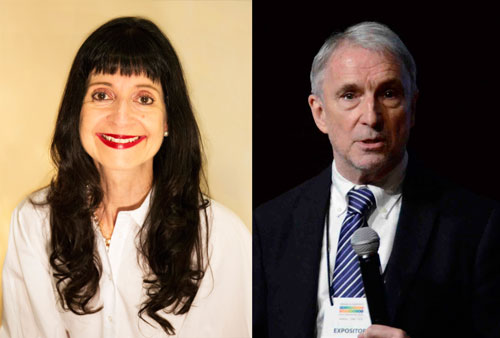
CM. Rubin and Mel Ainscow
Obrigado ao nosso 800 mais colaboradores globais, professores, empresários, pesquisadores, líderes empresariais, estudantes e líderes de pensamento de cada domínio para partilhar as suas perspectivas sobre o futuro da aprendizagem com A Pesquisa Global para a Educação cada mês.
C. M. Rubin (Cathy) é o fundador do CMRubinWorld, uma on-line editora focada sobre o futuro da aprendizagem global ea co-fundador do Planeta Classroom. Ela é a autora de três livros best-sellers e duas séries on-line amplamente lido. Rubin recebeu 3 Upton Sinclair Awards de “The Search Global para a Educação”. The series which advocates for all learners was launched in 2010 e reúne líderes ilustres de todo o mundo para explorar as questões de educação-chave enfrentados por nações.
Siga C. M. Rubin no Twitter:www.twitter.com/@cmrubinworld

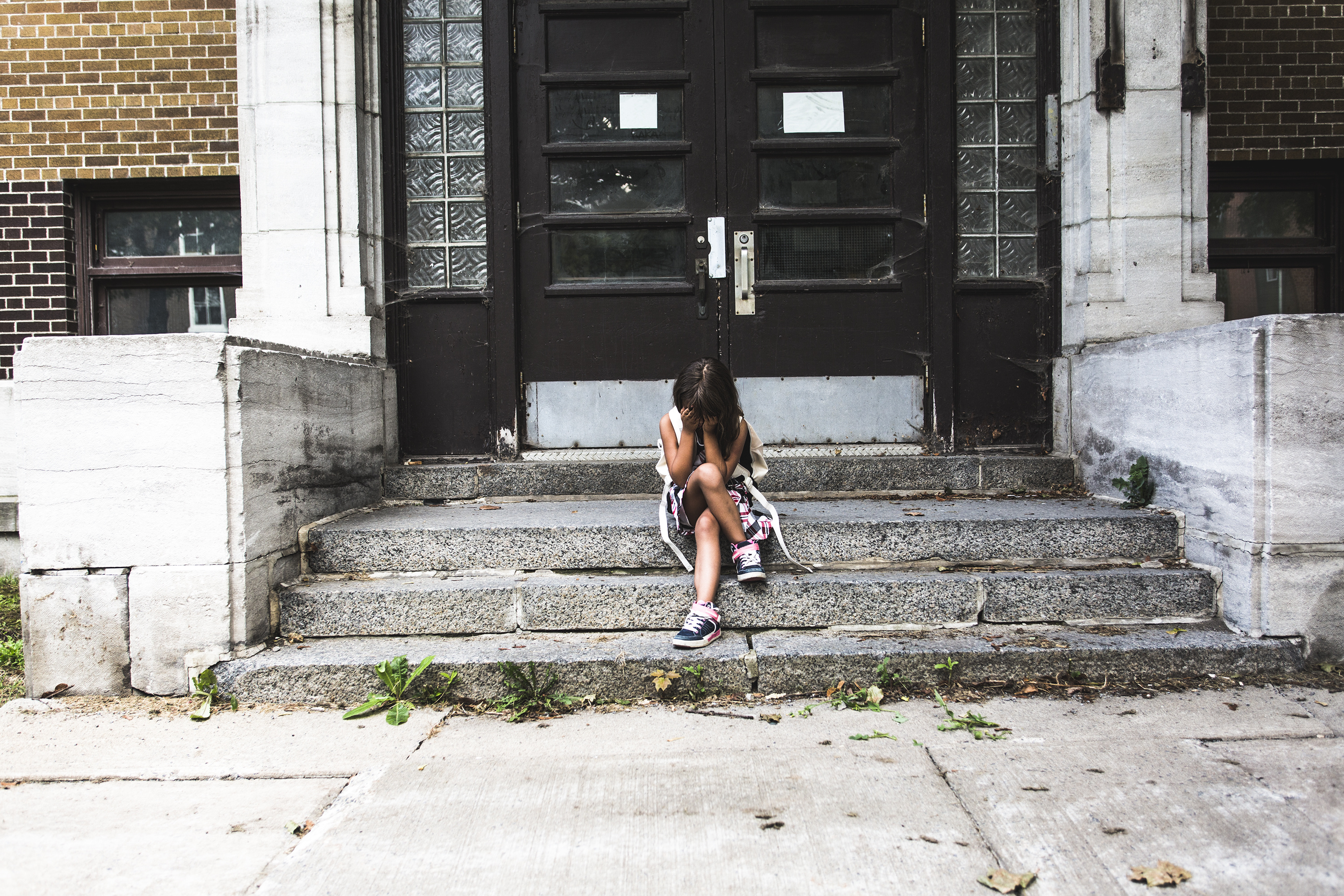

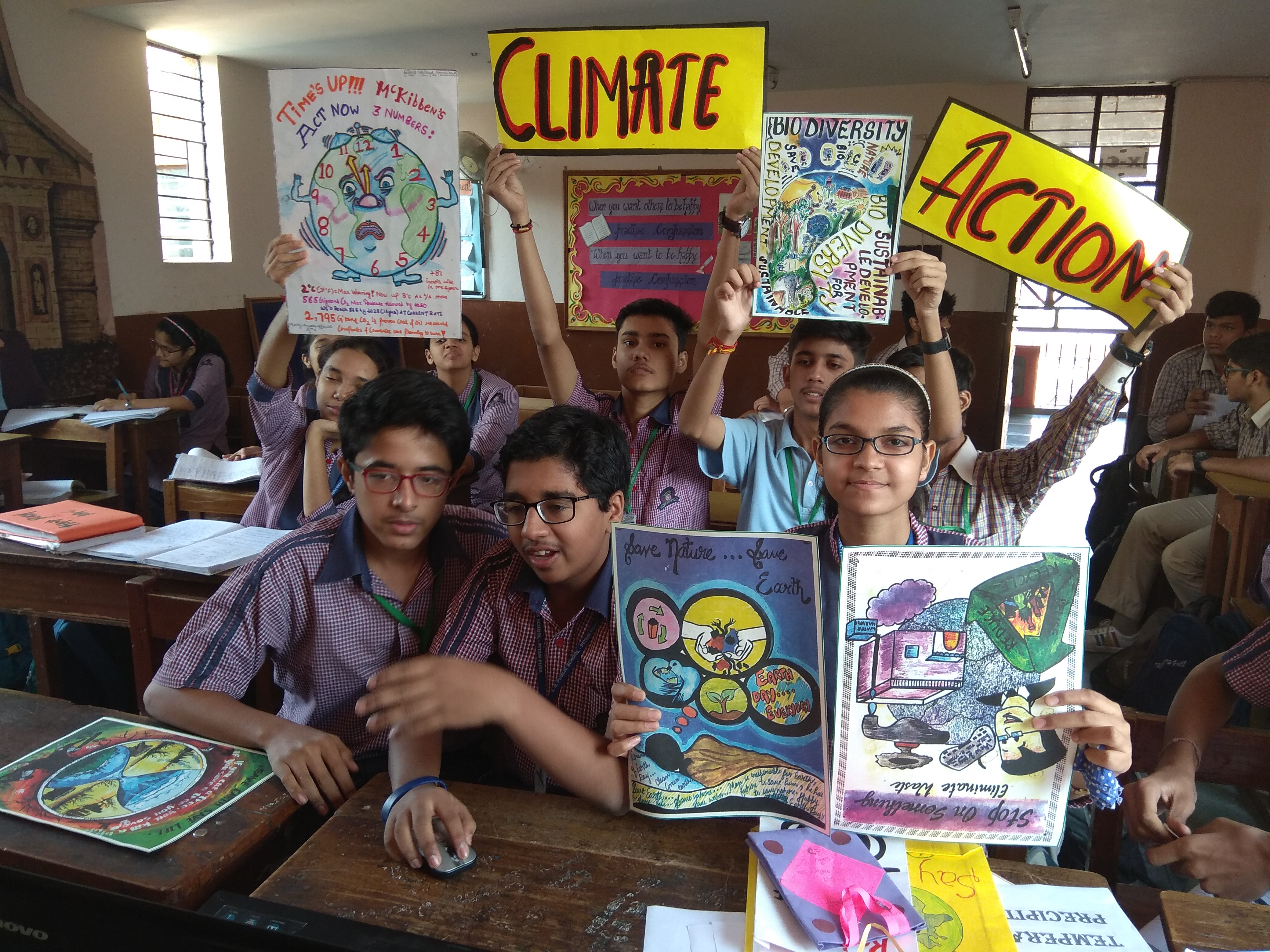
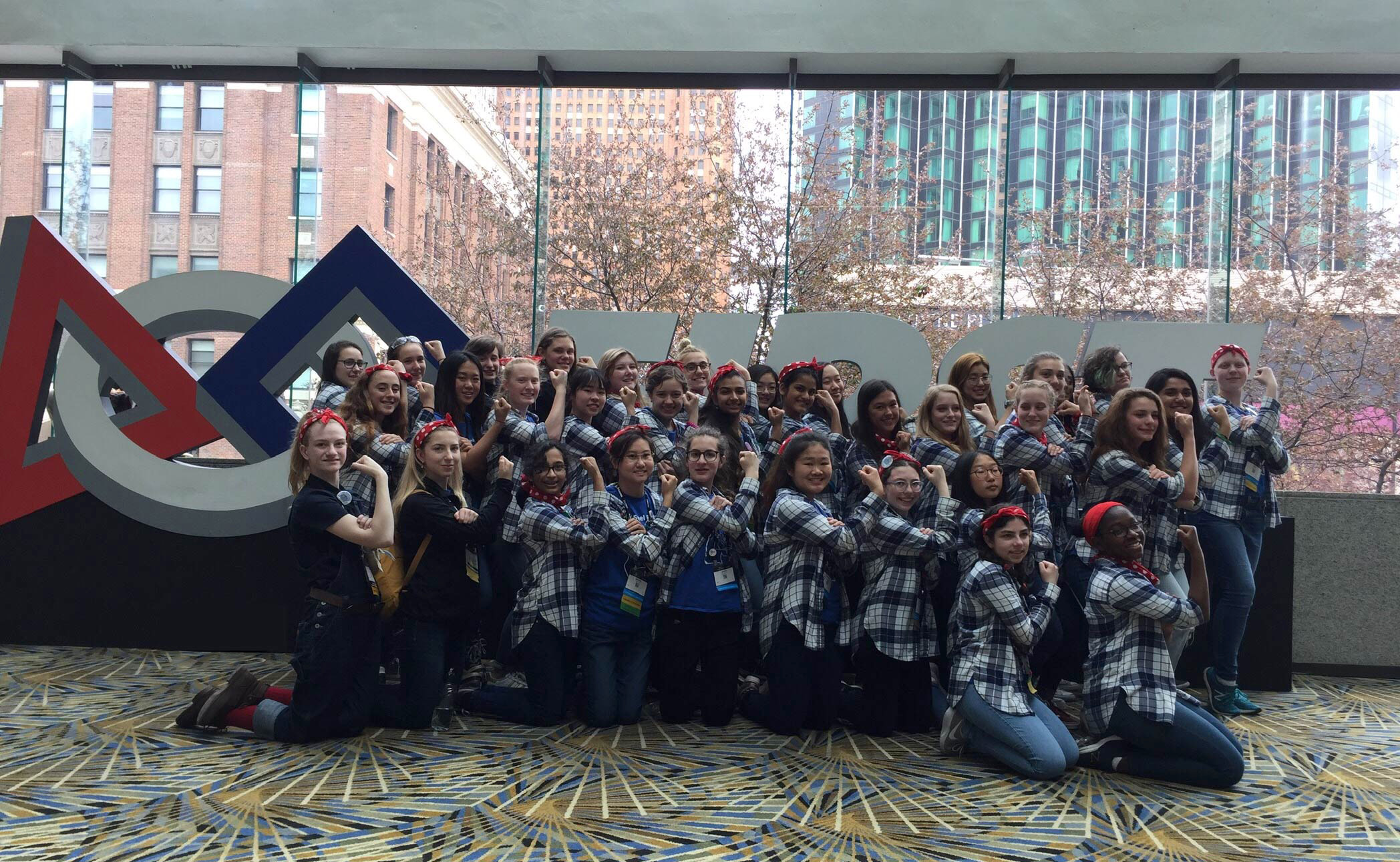
Comentários Recentes